Zone
Crash of a Douglas DC-10-30F in Entebbe
Date & Time:
Apr 30, 2000 at 0548 LT
Registration:
N800WR
Survivors:
Yes
Schedule:
London - Entebbe
MSN:
46955/228
YOM:
1976
Flight number:
DAZ405
Crew on board:
7
Crew fatalities:
Pax on board:
0
Pax fatalities:
Other fatalities:
Total fatalities:
0
Aircraft flight hours:
69000
Aircraft flight cycles:
20900
Circumstances:
The aircraft departed London-Gatwick Airport on a cargo flight to Entebbe, carrying seven crew members and a load of 50 tons of various goods. After landing by night on runway 17, the aircraft was unable to stop within the remaining distance (runway 17/35 is 12,000 feet long), overran and plunged in the Lake Victoria. The aircraft broke in two and all seven crew members were rescued 10 minutes later.
Probable cause:
On final approach, the aircraft was well above the glide and landed too far down a wet runway, about 4,000 - 5,000 feet past the runway threshold. It was reported that the nose gear landed 13 seconds after both main landing gears. The crew failed to initiate a go-around procedure.
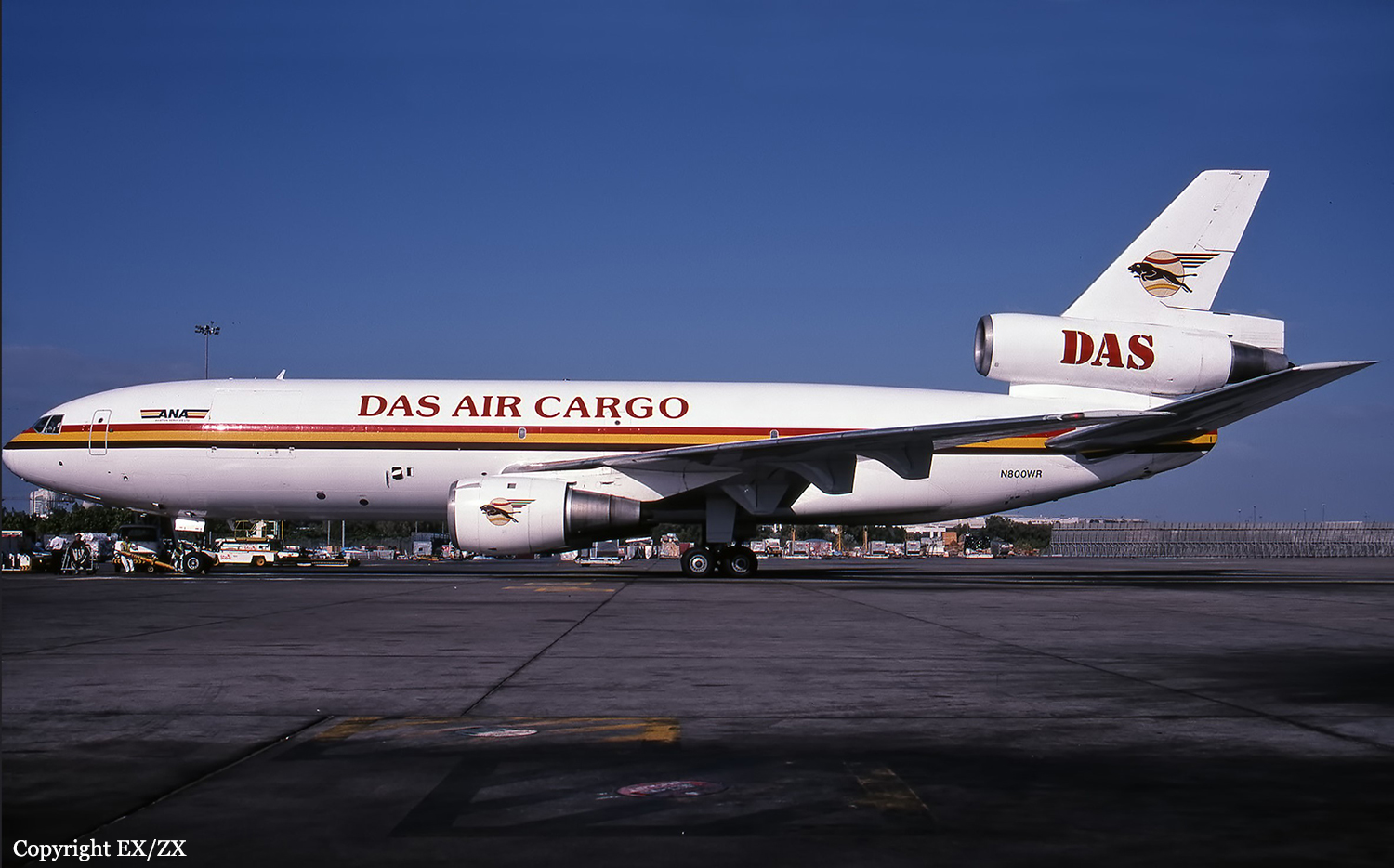
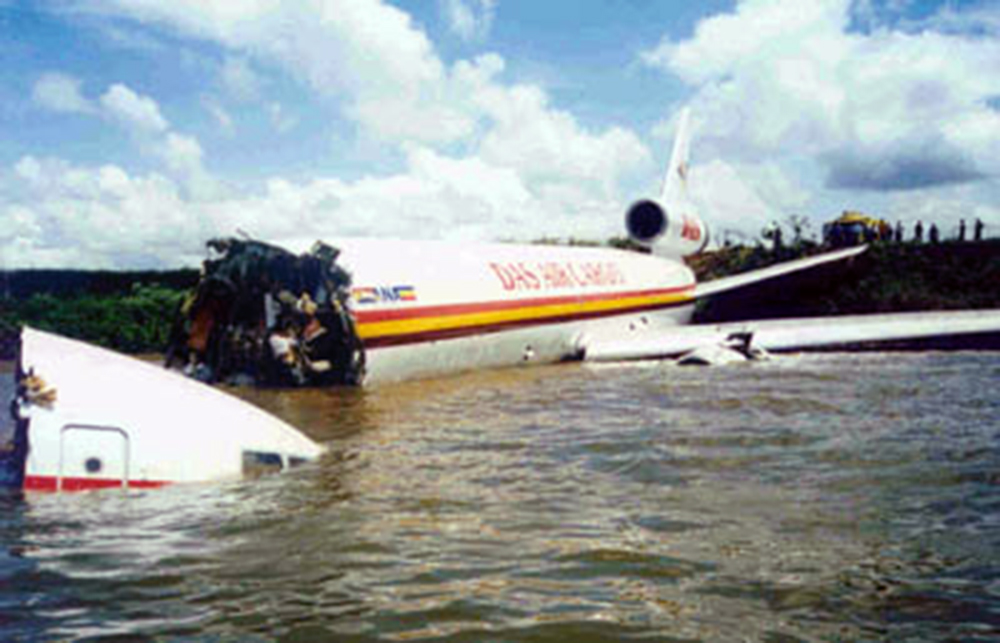
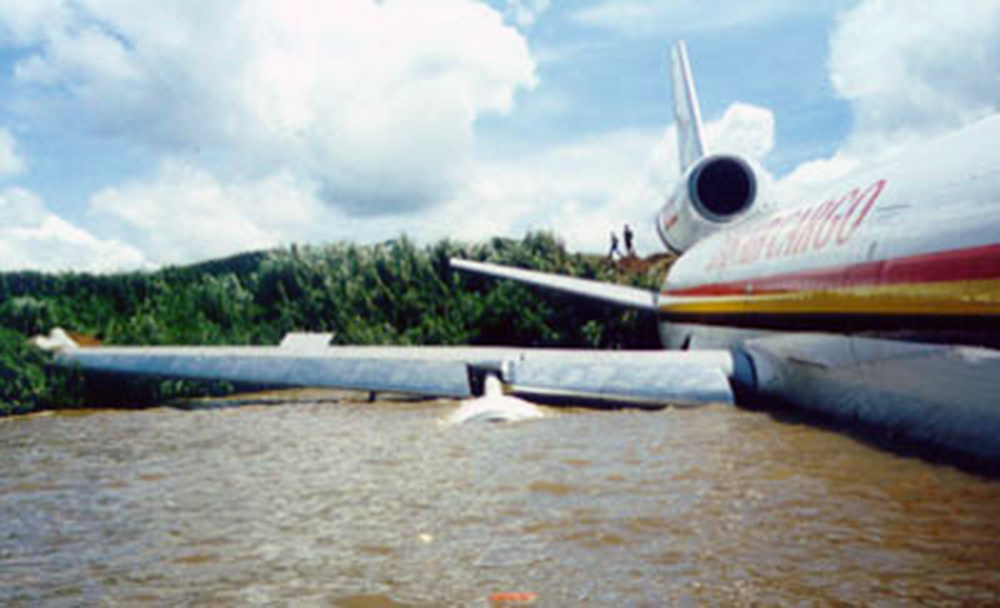
Crash of a Boeing 707-321C in Kano
Date & Time:
Nov 25, 1992 at 0300 LT
Registration:
5X-DAR
Survivors:
Yes
Schedule:
London - Kano - Lagos
MSN:
18825
YOM:
1964
Crew on board:
4
Crew fatalities:
Pax on board:
0
Pax fatalities:
Other fatalities:
Total fatalities:
0
Circumstances:
The descent to Kano-Mallam Aminu Kano Airport was completed by night and marginal weather conditions due to a sand storm. On short final, the aircraft was too low, struck the ground and crashed near military barracks located 3,2 km short of runway 06 threshold. All four occupants were rescued while the aircraft was destroyed by a post crash fire. At the time of the accident, the runway 06 ILS and DME systems were inoperative.
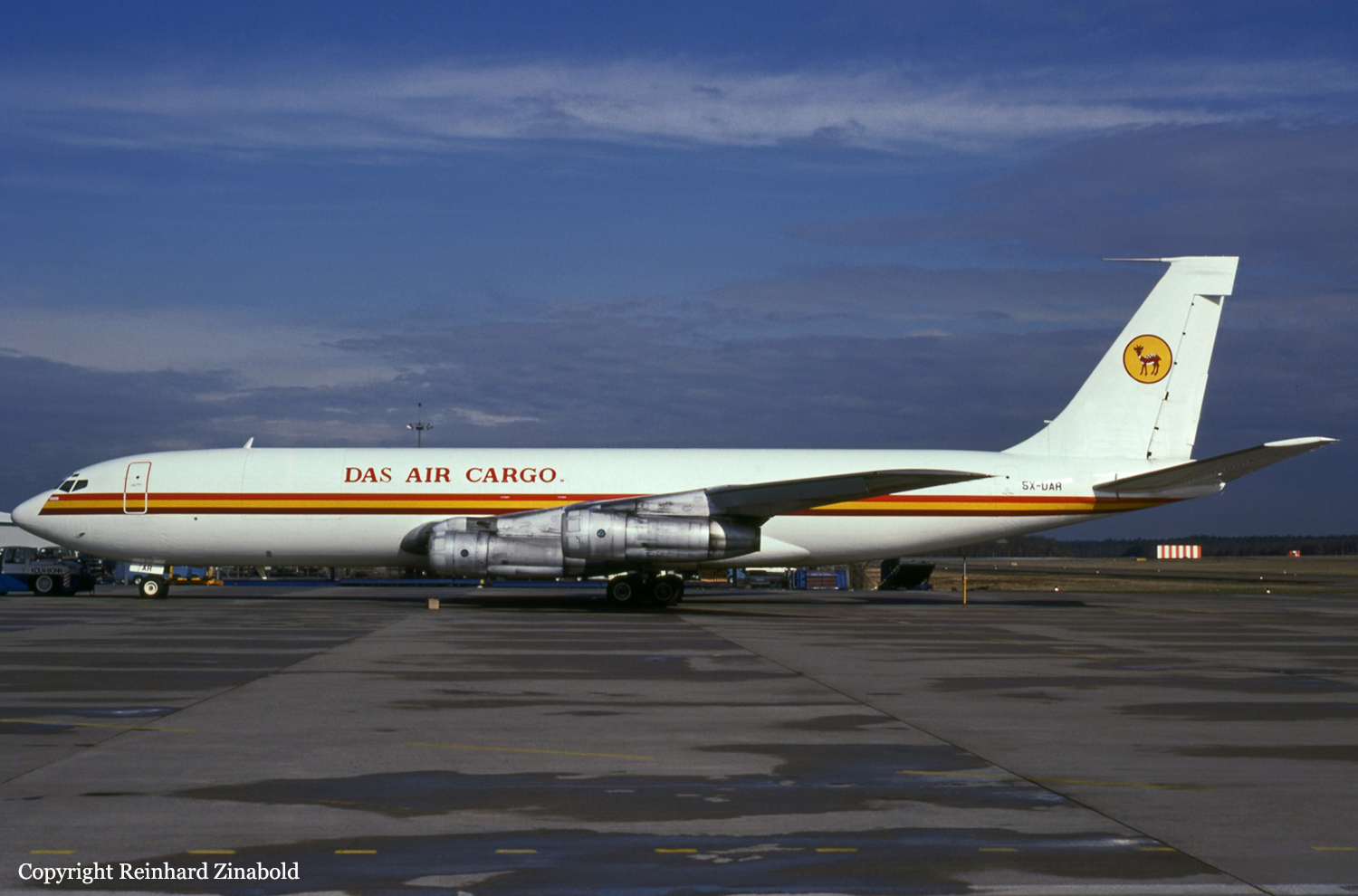
Crash of a Boeing 707-338C in Rome: 33 killed
Date & Time:
Oct 17, 1988 at 0030 LT
Registration:
5X-UBC
Survivors:
Yes
Schedule:
London - Rome - Entebbe
MSN:
19630
YOM:
1968
Flight number:
QU775
Crew on board:
7
Crew fatalities:
Pax on board:
45
Pax fatalities:
Other fatalities:
Total fatalities:
33
Aircraft flight hours:
58098
Aircraft flight cycles:
17363
Circumstances:
Uganda Airlines flight 775, a Boeing 707-338C, took off from London-Gatwick Airport, United Kingdom, at 2110LT on a flight to Rome-Fiumicino Airport, Italy and Entebbe, Uganda. During the descent to Rome, clearance was received for a descent to 4,000 feet in preparation for an ILS approach to runway 16L. Visibility was deteriorating with RVR values of 400 meters (point Alfa), 1,000 meters (point Bravo) and 350 meters (point Charlie). A missed approach procedure was carried out at 0005. A second approach was attempted, this time to runway 25. This was also abandoned due to poor visibility. RVR values for runway 34L (1,600 m, 2,000 m and 150 meters respectively. At Alfa, Bravo and Charlie made the crew request radar vectoring to runway 34L. The aircraft was established on the localizer at 0028. The aircraft continued to descend below the 420 feet MDA, although the runway visual markings hadn't been located. Because the flight crew failed to use the altitude callouts, the GPWS sounded unexpectedly. The right wing collided with the roof of a car rental agency located 1,300 meters short of the runway, 100 meters to the right of the extended centreline. The aircraft continued and crashed 500 meters further, bursting into flames. 33 occupants were killed, among them all seven crew members, while 19 passengers were injured.
Probable cause:
The crew's lack of adequate preparation in the procedure for a Non Precision Approach on runway 34L at Fiumicino Airport, especially in the matter of crew coordination and altitude callouts and their continued descent beyond MDA without having located the runway visual markings.
Besides, the following factors may have contributed to the cause of the accident:
1) Presumed mental and physical fatigue, accumulated by the crew during the two previous landing approaches, which were also carried out in an environmental situation that was extremely unfavourable and operationally demanding.;
2) A configuration of the Altitude Instruments, which although sufficient for the approaches that were carried out, consisted of a single radio altimeter with the acoustic warning of the MDA crossing inoperative;
3) The attention of the crew was excessively concentrated on the luminous sources along runway 34L, instead of on the instrument readings.
Furthermore (...) part of the Board of Inquiry as well as the representative of the Ugandan CA, disassociated themselves from the majority, during the phase of identifying the factors that may have contributed to causing the accident.
Besides, the following factors may have contributed to the cause of the accident:
1) Presumed mental and physical fatigue, accumulated by the crew during the two previous landing approaches, which were also carried out in an environmental situation that was extremely unfavourable and operationally demanding.;
2) A configuration of the Altitude Instruments, which although sufficient for the approaches that were carried out, consisted of a single radio altimeter with the acoustic warning of the MDA crossing inoperative;
3) The attention of the crew was excessively concentrated on the luminous sources along runway 34L, instead of on the instrument readings.
Furthermore (...) part of the Board of Inquiry as well as the representative of the Ugandan CA, disassociated themselves from the majority, during the phase of identifying the factors that may have contributed to causing the accident.

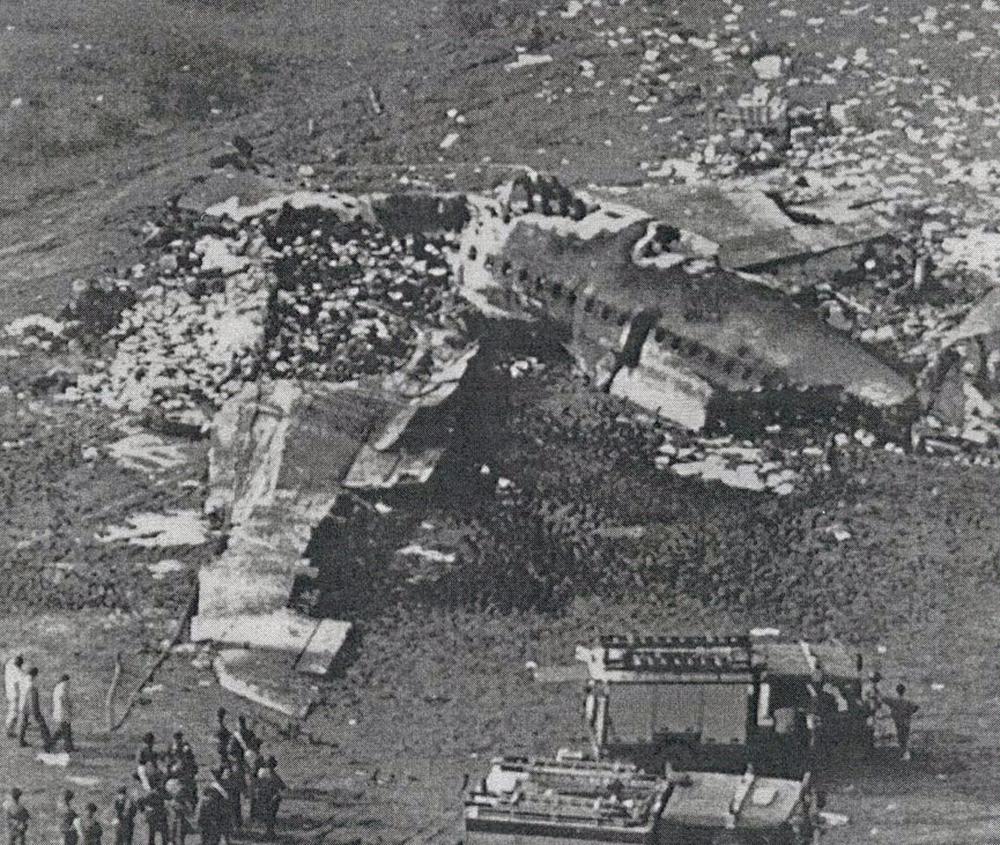
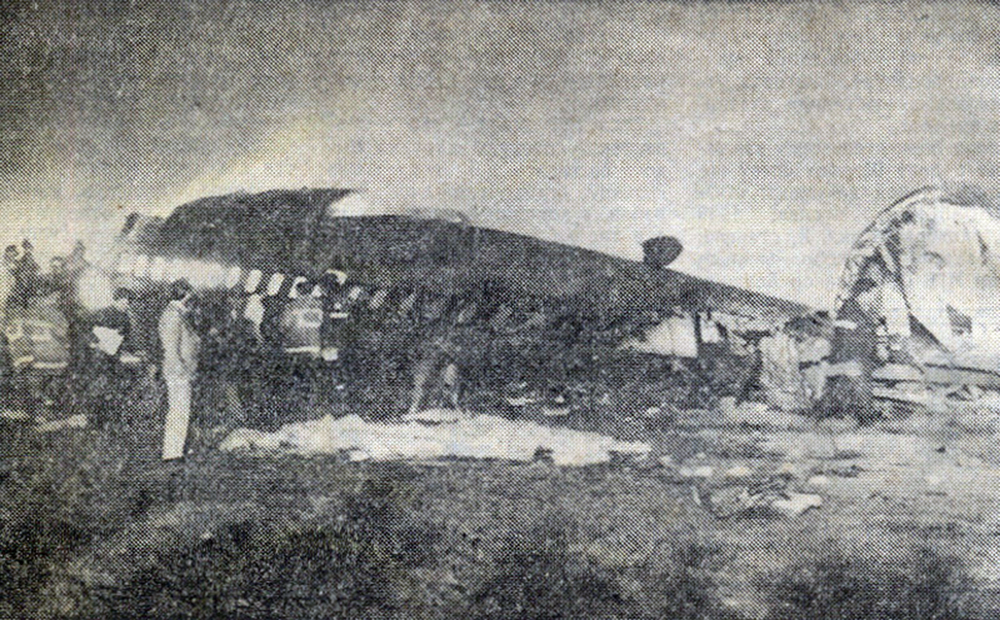
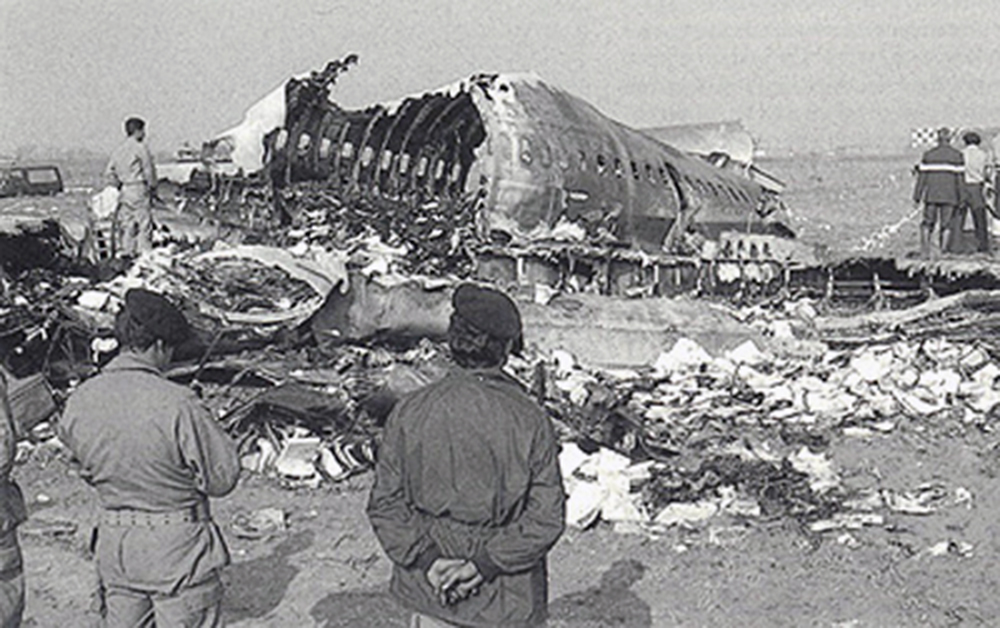
Ground accident of a Sud-Aviation SE-210 Caravelle III in Milan
Date & Time:
Jul 2, 1983
Registration:
F-BHRS
Survivors:
Yes
Schedule:
Milan - London
MSN:
54
YOM:
1960
Crew on board:
7
Crew fatalities:
Pax on board:
82
Pax fatalities:
Other fatalities:
Total fatalities:
0
Circumstances:
During the takeoff roll at Milan-Malpensa Airport runway 17R, at a speed of 75-80 knots, the right engine failed, exploded and caught fire. The captain abandoned the takeoff procedure, initiated an emergency braking maneuver and vacated runway via intersection 8 before stopping the aircraft by the fire brigade building. All 89 occupants evacuated safely while the aircraft was considered as damaged beyond repair.
Probable cause:
The uncontained failure of the right engine during takeoff roll was the consequence of the disintegration of the 14th stage of the high pressure compressor.




